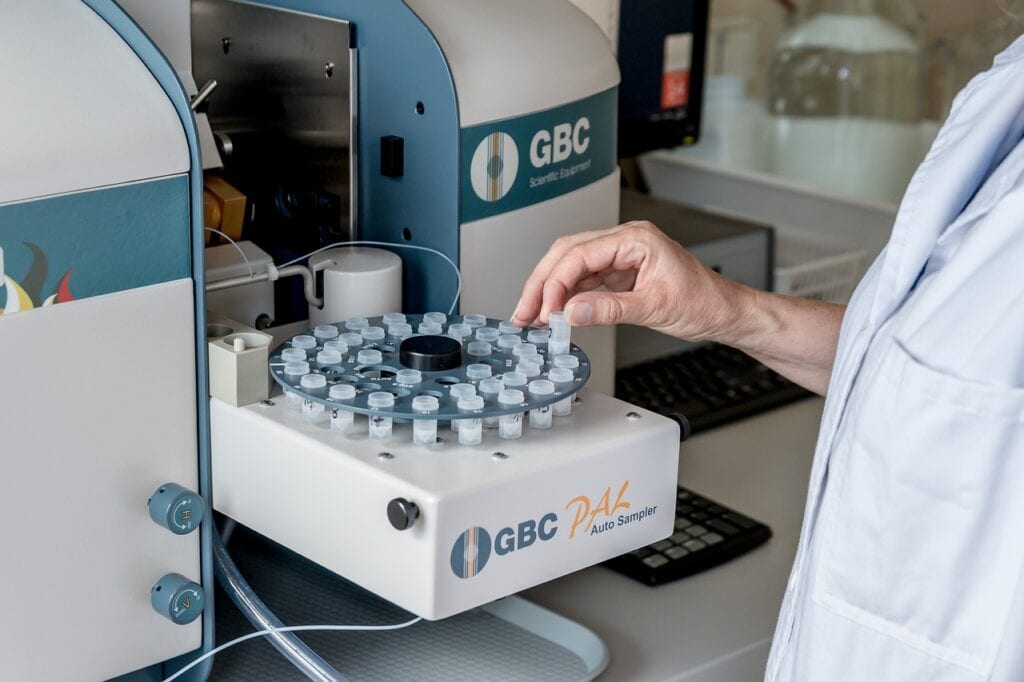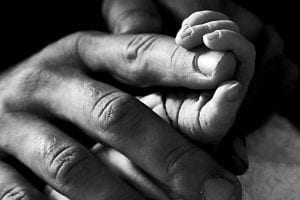Recently, pharmaceutical company RIBOMIC announced that the first patient was dosed in their Phase 1 clinical trial. Ultimately, the trial is meant to determine whether RBM-007 could be an effective treatment for patients with achondroplasia. However, the Phase 1 study will first seek to test safety, tolerability, and pharmacokinetics on healthy male volunteers.
RBM-007 Trial
In this Phase 1 clinical trial, researchers will use healthy volunteers to determine the safety and tolerability of RBM-007. Overall, the study is split into 2 cohorts. Both groups will be dosed with 3 separate RBM-007 levels, but at varying intervals. In each cohort, there are 12 subjects; 4 partake in each dosing level. The first cohort began this week with the initial patient dosing.
RBM-007 is a novel nucleic acid medicine. According to Sumitomo Chemical, nucleic acid medicines:
based on nucleic acids or closely related chemical compounds, are an emerging new class of therapeutics for treating unmet medical needs. They are capable of targeting a disease at the genetic level by preventing the expression of disease-causing proteins.
Sumitomo Chemical goes on to explain that there are six subtypes of nucleic acid medicines, each with their own mechanisms and targets. The six types are:
antisense, siRNA, miRNA, aptamer, decoy, and CpG-oligo.
In this case, RBM-007 targets FGF2 and FGF receptor 3 activating variant.
Achondroplasia
Achondroplasia is a bone growth disorder. FGFR3 gene mutations result in dwarfism and issues with cartilage formation. During early development, cartilage converts to bone. However, patients with achondroplasia have difficulty with this conversion, leading to short stature. On average, males with achondroplasia are 4 feet, 4 inches tall, while females are 4 feet, 1 inch.
Symptoms and characteristics include:
- Short stature with short arms, legs, and fingers
- Normal-sized torso
- Low muscle tone
- Difficulty with walking and other motor skills
- Apnea
- Chronic ear infections
- Spinal stenosis, or an abnormal narrowing of the spinal canal
- Spinal curvature
- Disproportionately large head with a large forehead
- Hydrocephalus, or water around the brain
- Obesity
Learn more about achondroplasia here.








